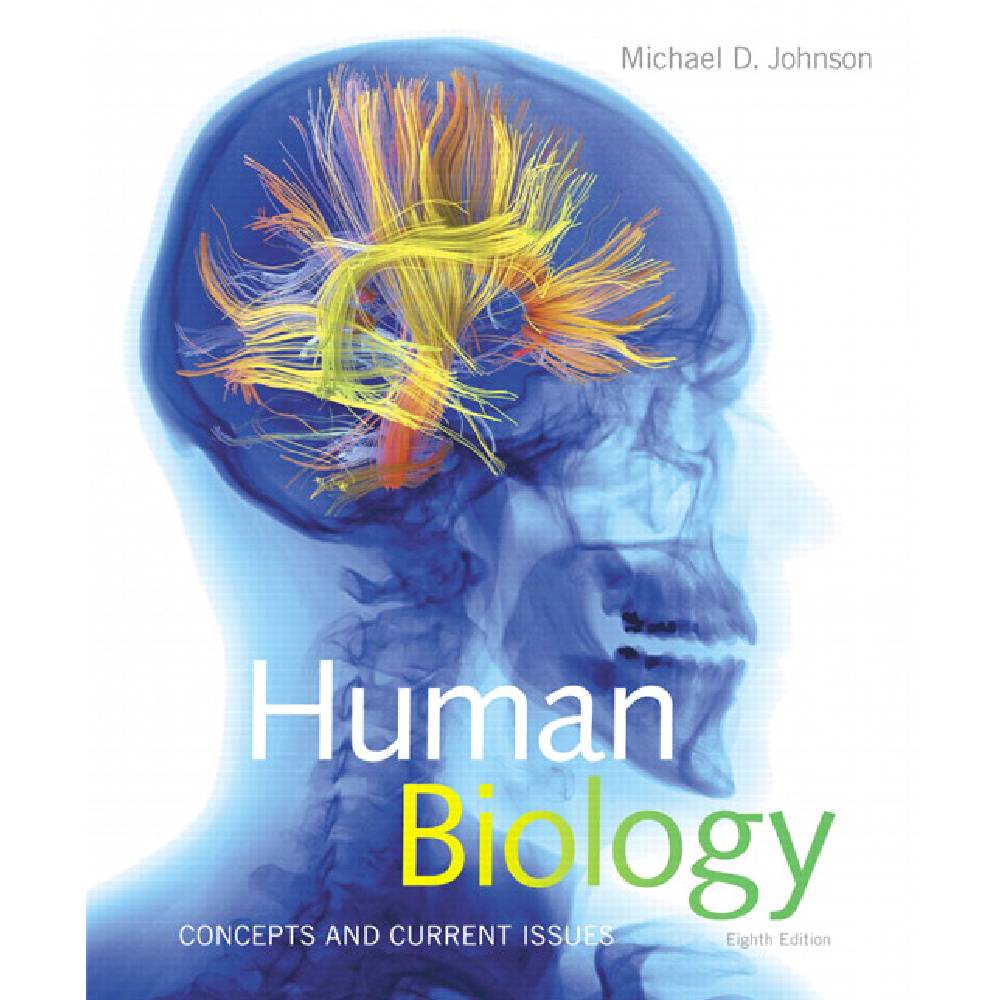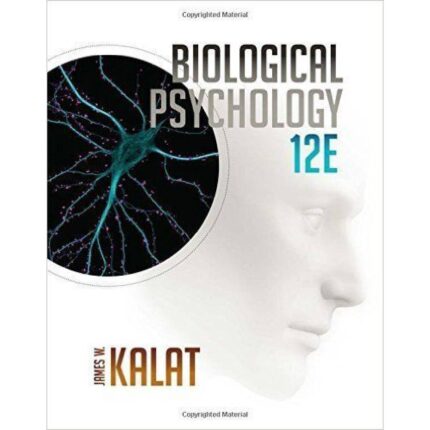Human Biology: Concepts and Current Issues, 8e (Johnson)
Chapter 11 The Nervous System: Integration and Control
11.1 Multiple-Choice Questions
1) The central nervous system is composed of which of the following?
- A) brain and spinal cord
- B) autonomic nervous system and brain
- C) somatic division and autonomic division
- D) sensory division and motor division
- E) somatic division and motor division
Answer: A
Topic: Sec. 11.1
Bloom’s: Remembering/Understanding
LO: 11.1
GLO: G1
2) Which one of the following provides the central nervous system with information about the outside environment?
- A) motor division
- B) sympathetic division
- C) parasympathetic division
- D) sensory division
- E) autonomic division
Answer: D
Topic: Sec. 11.1
Bloom’s: Remembering/Understanding
LO: 11.1
GLO: G1
3) Which component of the nervous system is divided into the somatic and autonomic divisions?
- A) sensory
- B) peripheral
- C) motor
- D) central
- E) parasympathetic
Answer: C
Topic: Sec. 11.1
Bloom’s: Remembering/Understanding
LO: 11.1
GLO: G1
4) Electrical impulses are transmitted between components of the central nervous system via which one of the following?
- A) glial cells
- B) motor neurons
- C) sensory neurons
- D) interneurons
- E) macrophages
Answer: D
Topic: Sec. 11.2
Bloom’s: Remembering/Understanding
LO: 11.2a
GLO: G1
5) Axons branch into axon terminals, which have ________ located at the terminal ends.
- A) Schwann cells
- B) dendrites
- C) nodes of Ranvier
- D) bulbs
- E) hillocks
Answer: D
Topic: Sec. 11.2
Bloom’s: Remembering/Understanding
LO: 11.2a
GLO: G1
6) Which one of the following cells transmits impulses away from the central nervous system to the muscles and other organs?
- A) motor neurons
- B) interneurons
- C) sensory neurons
- D) neuroglia
- E) dendrites
Answer: A
Topic: Sec. 11.2
Bloom’s: Remembering/Understanding
LO: 11.2a
GLO: G1
7) During which one of the following phases of an action potential do the sodium channels close and potassium channels open, releasing potassium from the neuron?
- A) depolarization
- B) reestablishment of resting potential
- C) saltatory propagation
- D) both depolarization and repolarization
- E) repolarization
Answer: E
Topic: Sec. 11.3
Bloom’s: Remembering/Understanding
LO: 11.3b
GLO: G1
8) Which one of the following steps occurs during the absolute refractory period?
- A) The neuron cannot generate an action potential.
- B) Sodium channels open, releasing sodium ions into the neuron, which causes potassium channels to close.
- C) Sodium channels open, which causes potassium channels to open.
- D) A nerve impulse fails to reach threshold.
- E) Potassium channels open, releasing potassium ions from the neuron; sodium channels close.
Answer: A
Topic: Sec. 11.3
Bloom’s: Remembering/Understanding
LO: 11.3b
GLO: G1
9) Which one of the following occurs with each cycle of the sodium-potassium pump?
- A) Sodium is moved into the cell, creating a net negative charge outside the cell.
- B) The net effect is removal of one osmotic particle and one positive charge from inside the cell.
- C) The net effect is removal of one osmotic particle and one negative charge from inside the cell.
- D) The inside of the cell becomes more negative as potassium is pumped out.
- E) Two potassium ions and three sodium ions are pumped out of the cell.
Answer: B
Topic: Sec. 11.3
Bloom’s: Remembering/Understanding
LO: 11.3a
GLO: G1
10) Which one of the following happens during repolarization of a neuron?
- A) Sodium channels close, and potassium rushes out of the cell to temporarily reestablish the membrane potential.
- B) Potassium channels close, preventing further loss of positive ions.
- C) The sodium-potassium pump is turned off.
- D) Sodium channels open to allow sodium ions to rush back out of the cell.
- E) The membrane potential is eliminated.
Answer: A
Topic: Sec. 11.3
Bloom’s: Remembering/Understanding
LO: 11.3b
GLO: G1
11) A neuron at rest has a charge difference across its cell membrane, with the interior of the cell negative relative to the exterior. This difference in charge across the plasma membrane is referred to as ________ potential.
- A) action
- B) resting
- C) graded
- D) refractory
- E) depolarization
Answer: B
Topic: Sec. 11.3
Bloom’s: Remembering/Understanding
LO: 11.3a
GLO: G1













Reviews
There are no reviews yet.